Macroinvertebrate guide... Low Pollution Sensitivity
| High Sensitivity | Moderate Sensitivity | Low Sensitivity |
Pollution Tolerance ranks
Group 3- Pollution Tolerant ( Very tolerant)
Blackfly Larva - Order Diptera
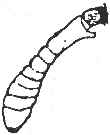
Black fly larva resemble tiny bowling pins. The bottom of the larva has a suction cup-like apparatus that allows the larva to attach to rocks and extend tiny hairs out of the top to collect food, making the black fly a filtering collector. The top of the black fly larva is often a black or dark brown color.
Midge Fly Larva - Order Diptera
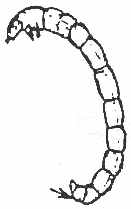
Midges are collectors and parasites. They usually burrow into the sediment and gather food. Midges come in various colors from clear, to brown, to pink and red. Red midges indicate a highly anaerobic (low oxygen) environment. Often midges appear to be tiny squirming worms in samples.
Leech
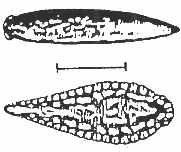
Leeches often have mottled brown, slimy bodies with a suction cup-like mouth on the underside of the broad end.
Aquatic Worms - Order Oligocheta

Aquatic worms can be very tiny or they may be very long with thin, worm-like bodies. Worms are often white or translucent in color.
Other Snails
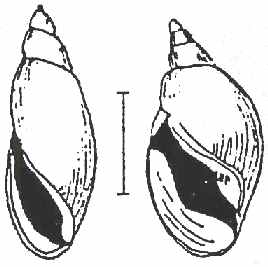
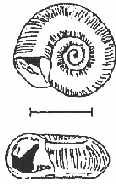
These snails breathe air and have no covering over the opening to their shells. The opening of the shell either appears on the left when facing you or all coils of the shell can be found in one plane.
| High Sensitivity | Moderate Sensitivity | Low Sensitivity |
For pictures of commonly found adult aquatic insects please go to Adult Insects.
For general information and descriptions of macro invertebrates view or download What are Macros?
Identification and classification manuals are available. For a listing of various sources please go to Resources.